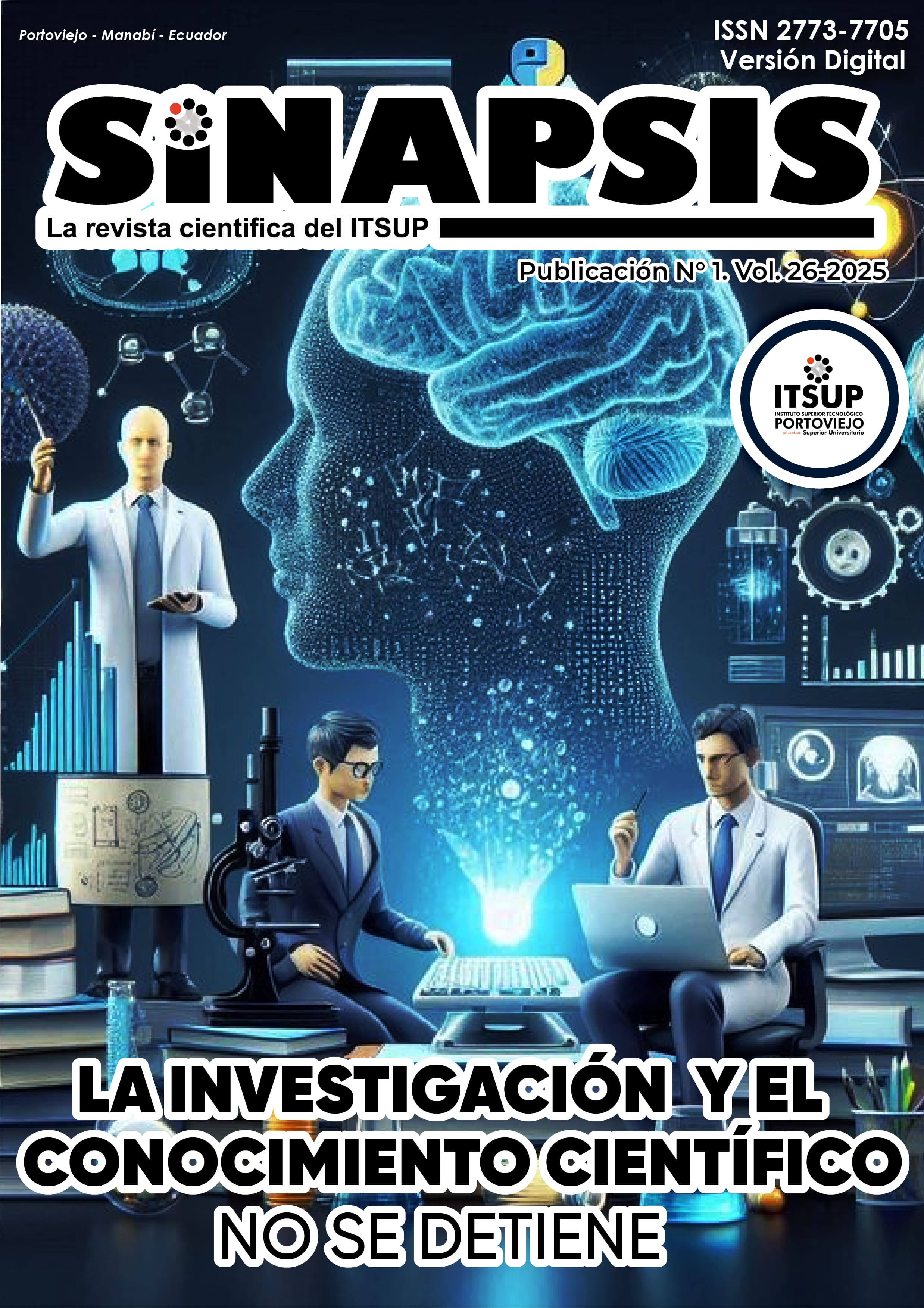An Application of First Order Linear Differential Equations in Stable Consistent Mixture with a Focus on the Soft Drink Industry
DOI:
https://doi.org/10.37117/s.v26i1.1125Keywords:
mixing processes, differential equations, soft drinks, mathematical simulationAbstract
This paper explores the application of first-order linear differential equations to model the mixing process in carbonated beverage production. Through mathematical analysis, the study examines how variations in input and output flows affect the concentration of ingredients over time. The results offer a clearer understanding of the dynamics involved, proving useful for quality control during production. While the model demonstrates mathematical accuracy, the importance of adjusting it with experimental data is recognized to enhance precision and reduce simulation errors. This approach provides a solid foundation for better understanding ingredient behavior in the production process.
Downloads
References
Atkinson, K. (1991). An Introduction to Numerical Analysis (Segunda ed.). Wiley. https://n9.cl/h5lx5
Chapra , S., & Canale, R. (2014). Numerical Methods for Engineers (Septima ed.). McGraw Hill. https://doi.org/978-0073397924
Faires, J., & Burden, R. (2012). Numerical methods (Cuarta ed.). Cengage Learning.
Granato, D., & De Araújo Calado, V. (2010). Experimental design and application of response surface methodology for process mode- ling and optimization: A review. Food Research International, 55, 441-450. https://doi.org/10.1016/j.foodres.2010.12.008
Kiusalaas, J. (2013). Numerical Methods in Engineering with Python 3 (Tercera ed.). Cambridge University Press. https://doi.org/https://doi.org/10.1017/CBO9781139523899
MathWorks. (2024). MATLAB Online. The MathWorks, Inc.: https://www.mathworks.com/products/matlab-online/matlab-online-versions.html
Mavani, N., Ali, J., Othman, S., Hussain, M., Hashim, H., & Rahman, N. (2022). Application of Artificial Intelligence in Food Industry—a Guideline. Food Engineering Reviews, 14, 134–175. https://doi.org/10.1007/s12393-021-09290-z
Moore, H. (2017). MATLAB for Engineers. (Quinta ed.). Pearson.
Oltra, M., Hargaden, V., Coughlan, P., & García, B. (2020). Innovation in the Agri‐Food sector: Exploiting opportunities for Industry 4.0. Creativity and Innovation Management, 30(11), 198-210. https://doi.org/10.1111/caim.12418
Raymond H., M., Douglas C., M., & Christine M., A. C. (2016). Response Surface Methodology: Process and Product Optimization Using Designed Experiments (Cuarta ed.). John Wiley Sons. https://doi.org/978-1-118-91601-8
Smith, G. D. (1986). Numerical Solution of Partial Differential Equations: Finite Difference Methods (Tercera ed.). https://n9.cl/fy62y
Smith, H. (2011). An Introduction to Delay Differential Equations with Applications to the Life Sciences. Springer New York, NY. https://doi.org/https://doi.org/10.1007/978-1-4419-7646-8
Yang, X. S. (2024). .Engineering Simulation and Its Applications: Algorithms and Numerical Methods. Elsevier. https://n9.cl/tcvbq
Zhitnikov, V., Sherykhalina, N., & Muksimova, R. (2016). Peculiarities of error accumulation in solving problems for simple equations of mathematical physics by finite difference methods. Numerical Analysis and Applications, 9, 107-117. https://doi.org/10.1134/S1995423916020026
Zill, D., & Wright, W. (2017). Differential Equations with Boundary-Value Problems (Septima ed.). Cengage Learning. https://acortar.link/86qN2y
Downloads
Published
How to Cite
Issue
Section
License
Copyright (c) 2025 Jefferson Agustín Macías Bravo, Maribel Pérez Pirela. PhD, Ambrosio Tineo Moya. PhD

This work is licensed under a Creative Commons Attribution-NonCommercial-NoDerivatives 4.0 International License.
El Copyright posee el propósito de proteger tanto la propiedad intelectual de los autores como sus resultados. El comité editorial de la Revista Sinapsis se compromete con los autores a proteger, defender y preservar tanto su trabajo como su reputación, y toma muy en serio las acusaciones de infracción, plagio, disputas éticas y fraude. Si un autor se da cuenta de un posible plagio, copia de resultados, fraude o infracción, le rogamos que se comunique con la mayor brevedad posible con el comité editorial de la revista Sinapsis.
CC BY-NC-ND: esta licencia permite a los reutilizadores copiar y distribuir el material en cualquier medio o formato solo sin adaptarlo, solo con fines no comerciales y siempre que se le atribuya al creador.
Términos de Licencia:
Reconocimiento: debe otorgar el crédito correspondiente, proporcionar un enlace a la licencia e indicar si se realizaron cambios. Puede hacerlo de cualquier manera razonable, pero no de ninguna manera que sugiera que el licenciante lo respalda a usted o su uso.
No comercial: no puede utilizar el material con fines comerciales.
No Derivada: si remezcla, transforma o construye sobre el material, no puede distribuir el material modificado.
Sin restricciones adicionales: no puede aplicar términos legales o medidas tecnológicas que restrinjan legalmente a otros de hacer cualquier cosa que permita la licencia.
El autor esta en la obligación de seguir las exigencias según lo instruido en la licencia ubicada en el enlace: https://creativecommons.org/licenses/by-nc-nd/4.0/deed.es






